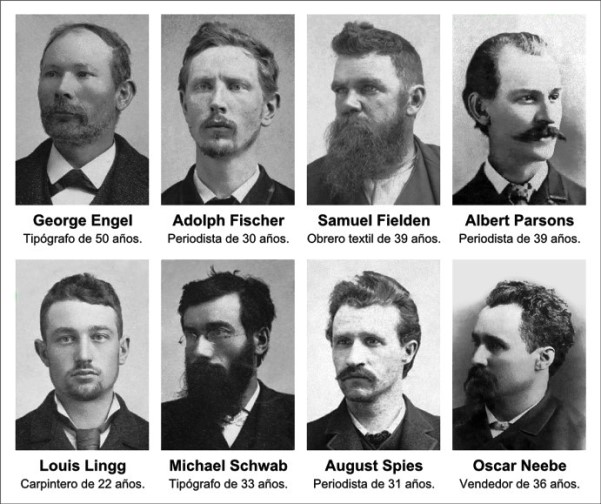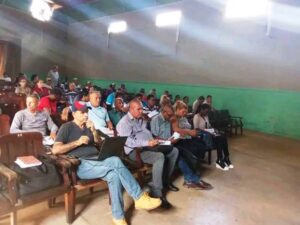May Day: when work was written in blood

Today, as the world faces new labor challenges, May Day continues to be a call to active memory. It is not enough to celebrate: we must remember. And it is not enough to remember: we must continue the struggle, because workers’ rights are not eternal inheritances, but conquests that must be defended every day.

May returns and with it the streets are filled with flags, songs and renewed promises. The first of its days, which has become International Workers’ Day, is experienced as a civic celebration that intertwines the joy of today with the memory of yesterday. However, behind the colorful parades there remains a historical wound that gave rise to this celebration and that cannot and should not be forgotten: a massacre that turned the workers’ struggle into a universal cause.
At the end of the 19th century, labor exploitation was the norm. Shifts of up to 18 hours left workers exhausted, with miserable wages and inhuman conditions. Faced with this reality, the demand for an eight-hour workday gained strength in the United States, where the Fourth Congress of the American Federation of Labor, held in 1885, established May 1, 1886 as the key day to demand change.
More than five thousand industries joined the strike, generating a clash with the bosses and the repressive state apparatus. In Chicago, the epicenter of the protest, the police response was brutal: six strikers killed and dozens wounded marked the beginning of a series of confrontations that would culminate in one of the most tragic episodes in union history.
On May 4t, 1886, Haymarket Square witnessed a peaceful rally that turned into chaos when a bomb exploded in the crowd. Eight policemen were killed and the state took advantage of the event to unleash a manhunt for labor leaders who, without hard evidence, were convicted and executed on November 11th, 1887.
Decades later, that legacy was echoed in revolutionary Cuba. After 1959, May Day acquired a new dimension: that of a nation that, under workers’ leadership, aspired to build an alternative model of development.
Fidel Castro called on the people to parade, not only for the rights achieved, but also for the sacrifices that made them possible. Thus, the homage to the Chicago martyrs was connected to a vision of labor as the backbone of sovereignty and national dignity.
Today, as the world faces new labor challenges – such as precariousness, automation and inequality – May Day remains a call to active remembrance. It is not enough to celebrate: we must remember. And it is not enough to remember: we must continue the struggle, because workers’ rights are not eternal inheritances, but conquests that must be defended every day.
Written by Yadiel Barbón.




